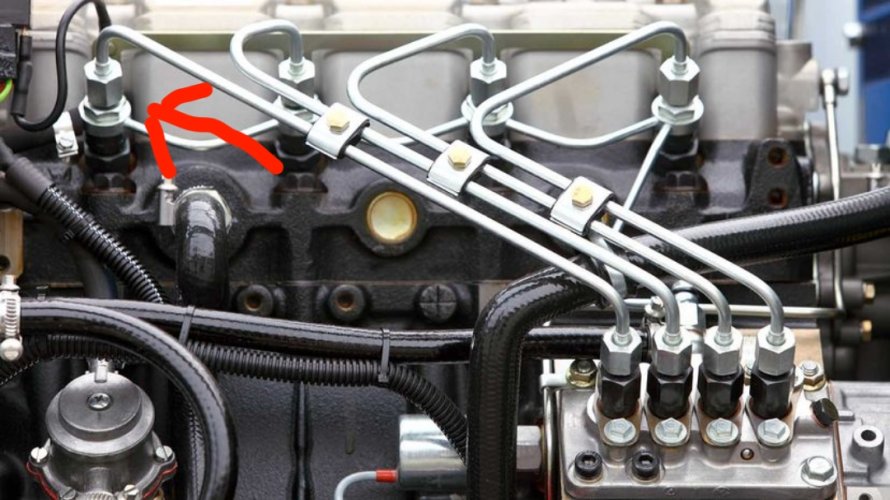Irrelevant
Well-known member
I’d also recommend changing the fuel filter once you get it going.
Why? It's supposed to warm up next week, at least enough that this won't be an issue, 30's. Can't I just wait until then and shouldn't my filter be fine then?I would replace the fuel filter.
I did pick up some additive for once I get it going, and I'm probably going to tarp and put a heater under it to get it into the garage. But I've also just thought of waiting it out. there's no more snow in the forecast until late next week once it's warmed back up.





